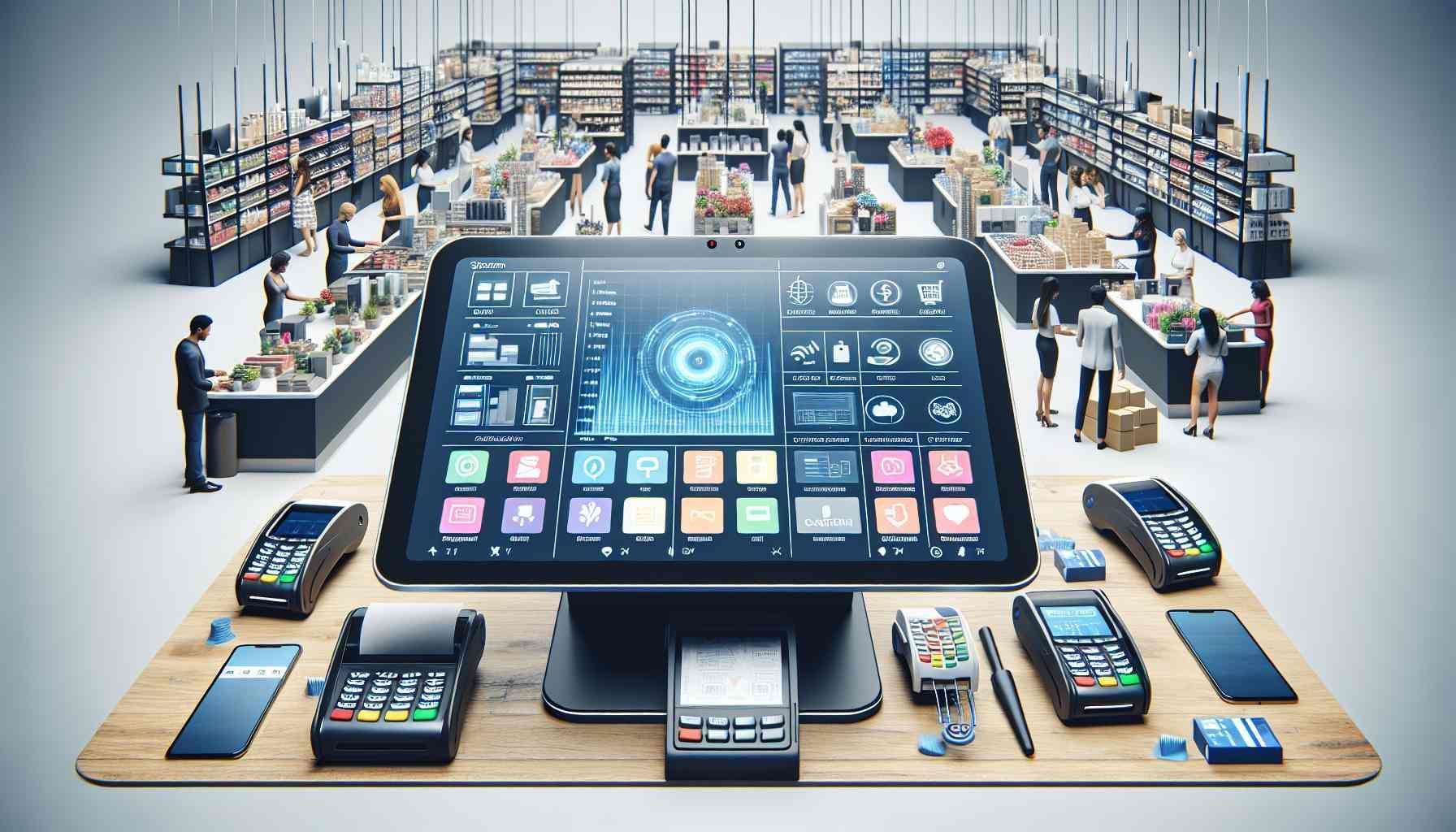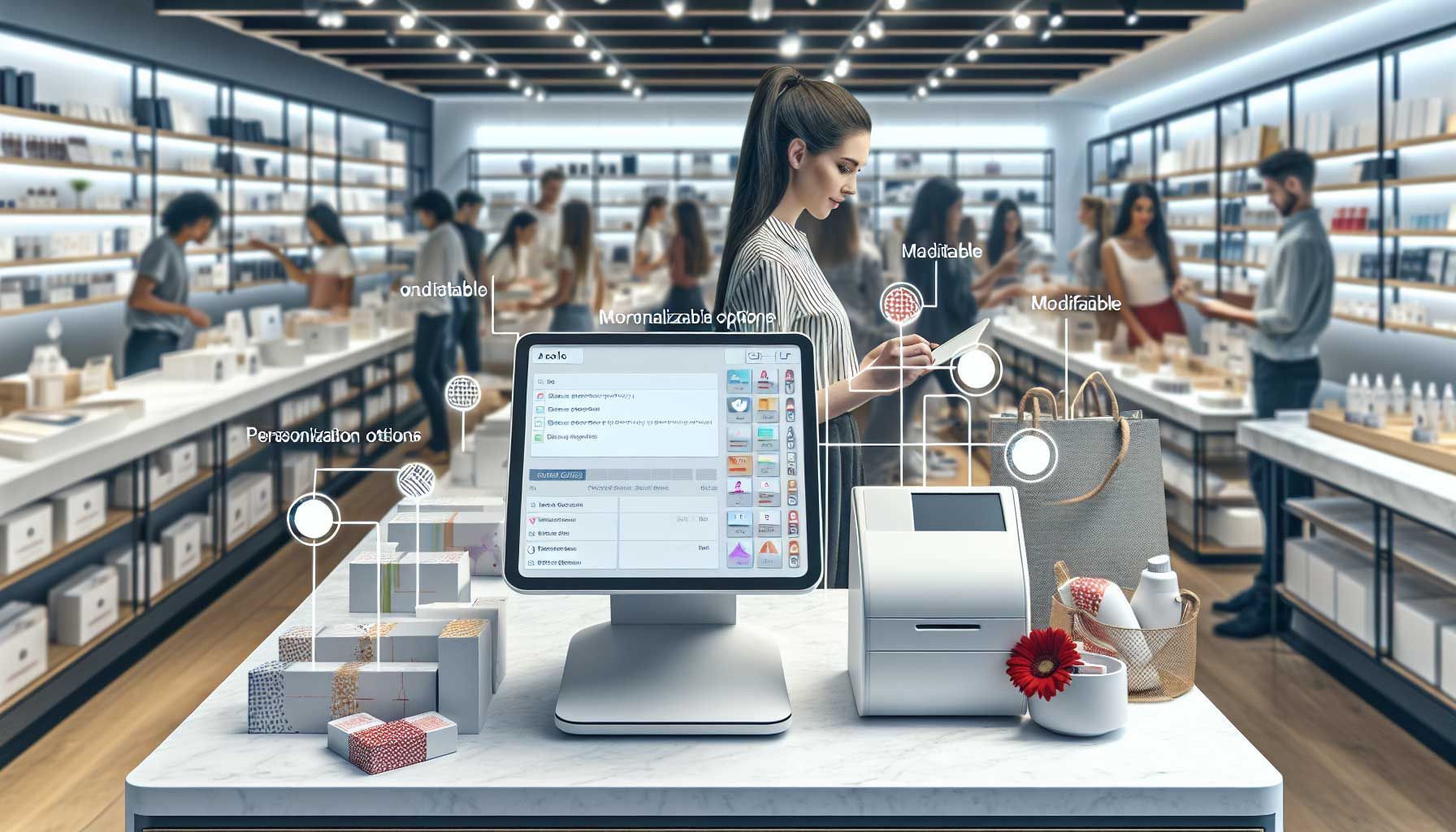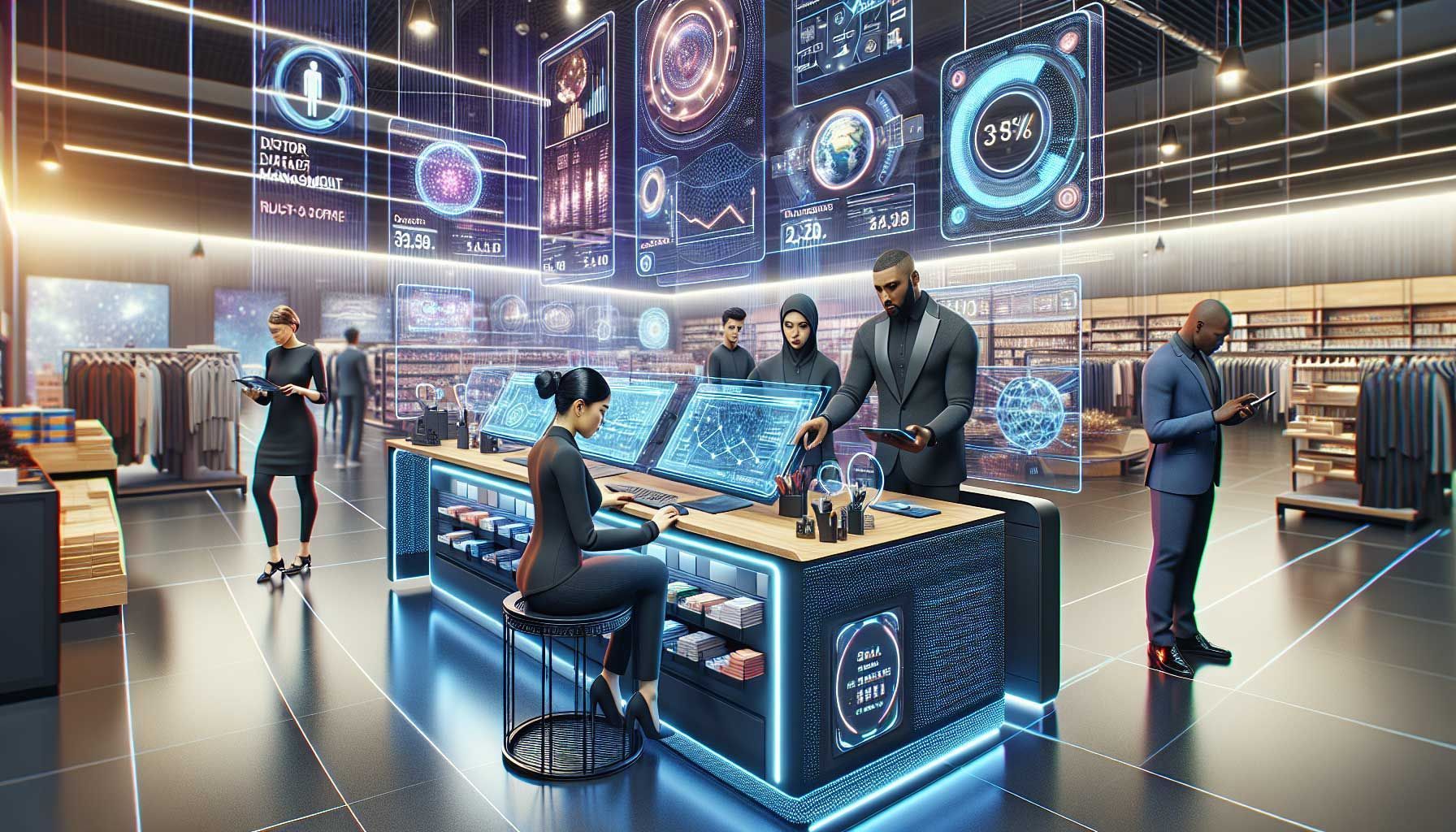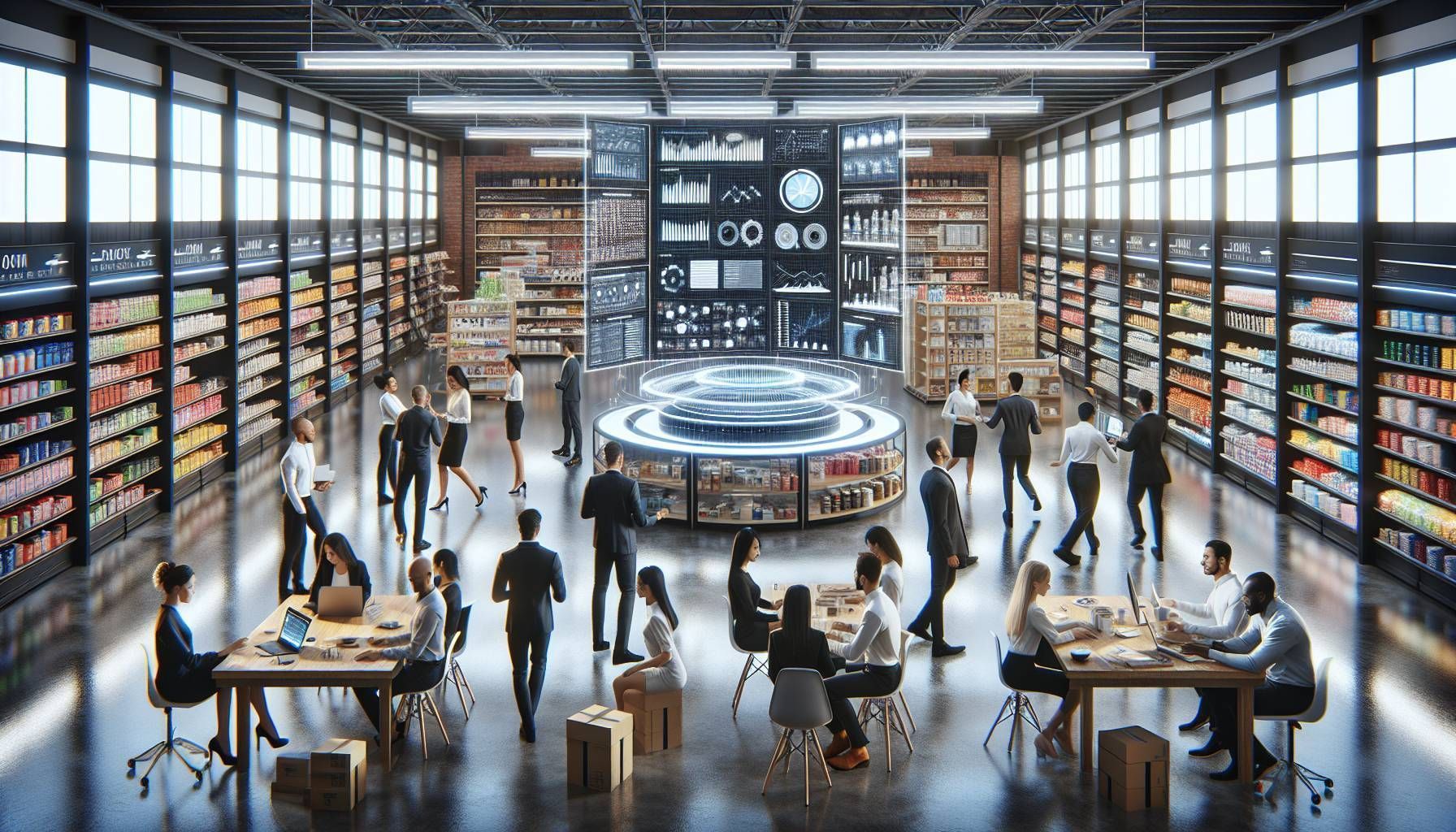How To Manage Multiple Retail Store Locations
Manage multiple retail store locations with success
Understanding the challenges of managing multiple retail store locations
1. The financial considerations
2. Assessing Your Resources
Ready to open multiple retail locations? Implement the solution of Retailgear and connect all your industry processes in one system. Discover the benefits for retail chains.
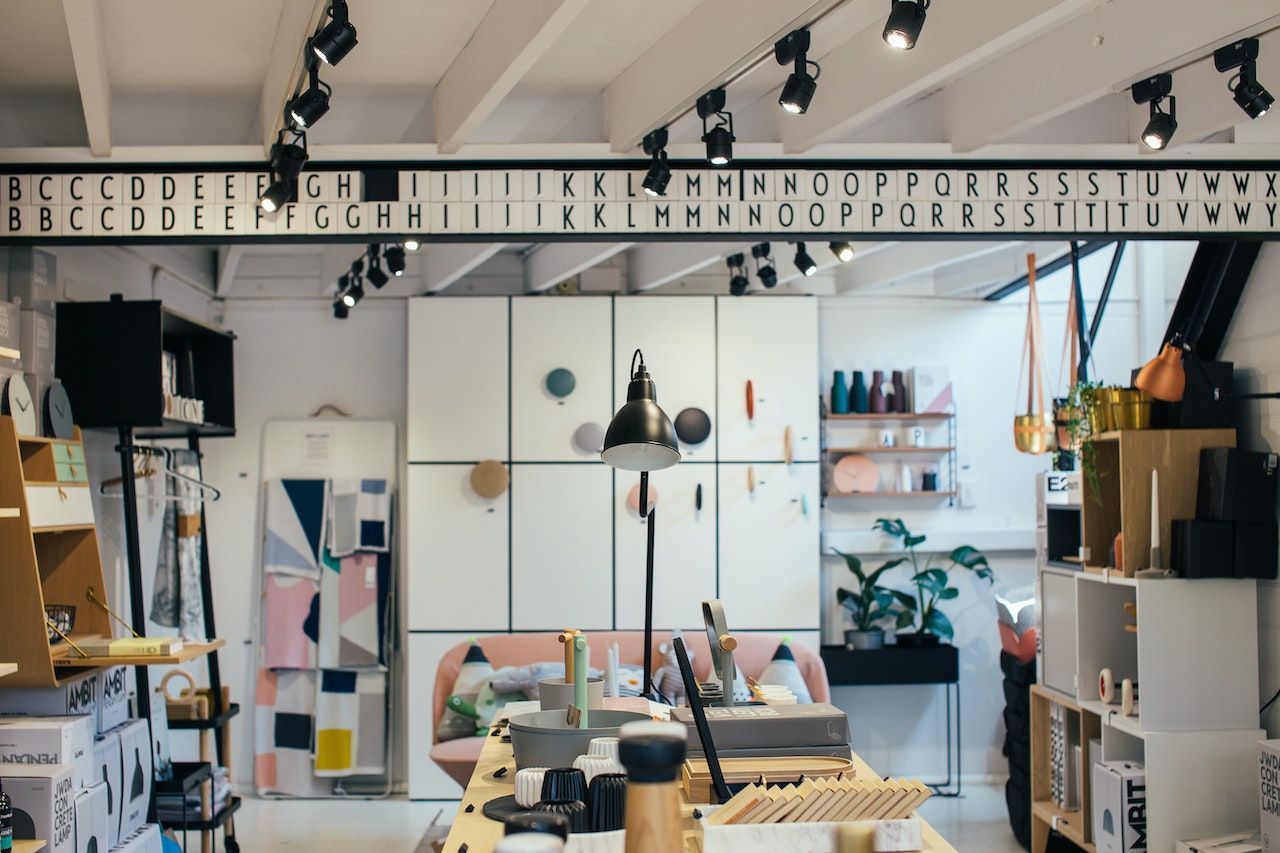
The critical points for the success of multiple retail stores
1. Standardizing processes before scaling
SOP key elements
- Opening and closing procedures
- Merchandising standards
- Customer service protocols
- Employee dress code
- Security Protocols
- Safety procedures
2. Developing an integrated software solution
Store all your stock and sales data in one system
To make informed decisions about inventory levels and product mix, it is important to have all of your stock and sales data stored in one central retail solution. This could be a cloud-based software such as Retailgear.
Having this information readily available will allow you to quickly and easily see which products are selling well at which locations, and make adjustments accordingly. Additionally, it will help you keep track of inventory levels to ensure that you are never out of stock on popular items.
Automate the process of tracking inventory
3. Using data analytics
Data analytics is a powerful tool that can be used to improve the performance of multiple retail store locations. By analyzing data on sales patterns, customer behavior, and employee productivity, managers can identify areas of opportunity and implement changes that will drive results across the entire organization. Additionally, data analytics can be used to monitor compliance with SOPs and company policies, ensuring that all locations are operating according to plan.
4. The right person at the right place
Delegating responsibility
When expanding into multiple store locations, it is important to delegate responsibility for each store to a qualified manager who has the experience and knowledge necessary to run the store successfully. This will allow you to focus on overseeing the overall operation of your business while leaving day-to-day store operations in the hands of capable managers.
It is also important to establish clear lines of communication between corporate headquarters and each store so that everyone is on the same page regarding company policies, procedures, and objectives.
Training and development
Clear communication
Motivation and reward strategies
5. Brand building: balancing local and corporate expectations
It is also important to keep your marketing messages consistent across all channels. This will help build brand awareness and recognition, and ensure that customers know what to expect from your stores no matter which location they visit.

Last but not least; tips for management of multiple locations
1. Make sure your business architecture is ready
2. Build on the first store
3. Run your business in the cloud
4. Use your supplier relationships
5. Regularly check in with stores
Conclusion
If you're considering expanding your retail business to multiple locations, it's important to understand the challenges involved and put systems in place to manage them effectively. While there are many benefits to expanding, including increased exposure and revenue potential, it's important to carefully consider the financial implications and assess your resources before making the jump.
Once you've decided to expand, creating a
management system for multiple locations is key to success. Establishing standard operating procedures, developing an integrated technology system, and utilizing data analytics can help you run your business more efficiently and effectively across multiple locations. Managing people effectively is also critical, and involves building a team of leaders, providing training and development opportunities, and implementing motivation and reward strategies that work for your business.
Finally, it's important to strike a balance between local and corporate expectations when managing multiple retail store locations. Keeping brand identity consistent while delegating responsibility and establishing clear communication channels is key to maintaining a cohesive operation.
By following these tips, you can set your business up for success as you expand into new markets.

We look forward to share the best strategies with you.
Thank you!

Bring your shop to the next level
Hi, I'm George and I like retail and technology. Therefore, my passion here at Retailgear.com is to provide you with reliable information to automate and digitize your store. You can find out what we can do for your industry through our menu. Also, feel free to check out this updated list of retail tools.
Get inspiration in your inbox to get more sales and store visitors with less effort.






